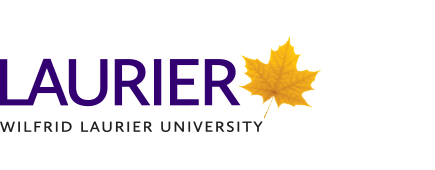
Kal
The Laurier International Cultural Conversation (LICC) encouraged the HR261 class and participants to deepen and expand our understanding of culture and identity. In the last few years, our relationships and connections with other people have relied on virtual platforms. While being virtual had its benefits, it also had its limitations. Stepping into a physical classroom was a new experience for many students including myself. Prior to LICCs, my idea about creating a community and engaging in cultural dialogues was limited to my preconceived notions. Participating in LICCs required a level of vulnerability that I had not practiced in a physical classroom. It was my vulnerability that allowed me to engage in meaningful conversations about our cultures and unpack what it means to identify with a culture to create a community that encourages introspection.
In this image, each person is distinct, but they also overlap with one another and create unique colours and shapes. It is the same way that there are overlaps within our cultures and identities. It is no doubt that cultures have distinct beliefs, norms, traditions, and values, to name a few notions that make up a culture. However, when we look more closely at cultural expressions, we can begin to find the intersections of where different cultural expressions meet. My understanding of cultural expressions expanded as we unpacked what it means to identify with a culture. Cultures are not limited by the notions that we prescribe to them. There are also feelings that we associate with culture when we feel a sense of belonging. Some of these aspects are more pronounced, like the language we speak, the music we listen to or the city we live in. While other aspects that make us feel a sense of belonging can include the feeling that specific foods stimulate or sharing similar childhood experiences. While each of these aspects of culture is distinct in its own ways, they are interconnected and intertwined with multiple perspectives in multiple layers. When we put these different aspects together, it captures a holistic understanding of identifying with a culture.
Kal Ing, HR261, Human Rights and Human Diversity, Brantford

